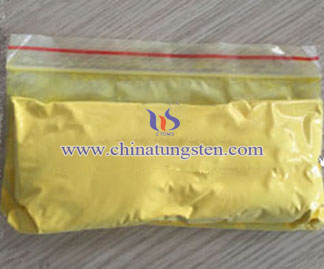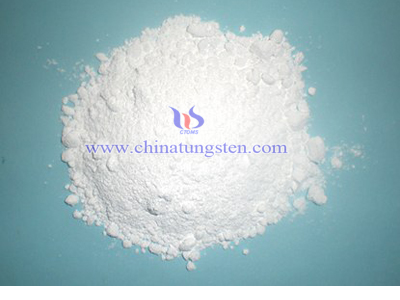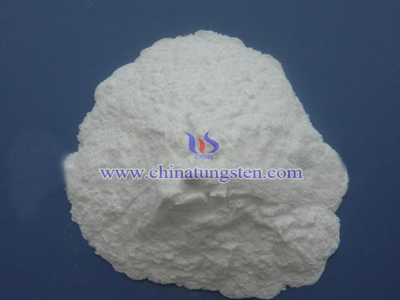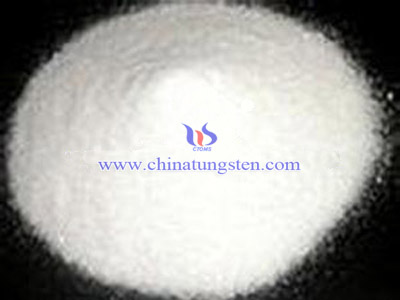WO3 Photocatalyst Organic Synthesis
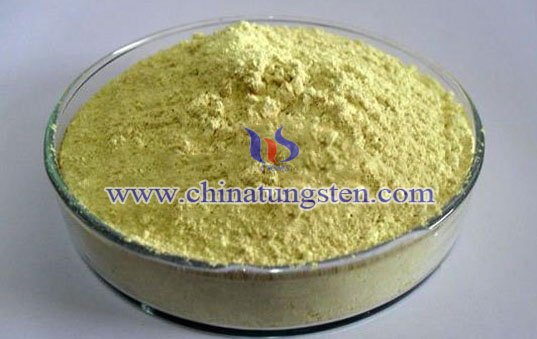
1983, the realization of the photocatalytic halogenated aromatic carboxyl synthesis reaction started the researching in photocatalysis of organic synthesis. Then, as the photocatalysis in organic synthesis has attracted more and more attention, the application of photocatalytic selective organic synthesis is also carried out in succession.
Photocatalytic can cause a lot of attention in organic synthesis will thank to some of its significant potential:1. Photocatalytic reactor has the potential of use solar energy as energy source, which greatly reduces the energy consumption and not to bring a secondary pollution to environment;
2. It can be carried out under mild conditions without adding dangerous and harmful chemicals;
3. The high energy of the excitation light can excite molecules, and also can compensate for increased reaction Gibbs free energy, therefore, the photocatalytic can stimulate the reaction which can not spontaneous carry out at thermodynamically at room temperature, even break the thermodynamic equilibrium;
4. After loading the precious metals (such as Pt, Au, etc.), it will show a strong oxidation in the presence of oxygen and water, which helps the synthesis of organic compounds, such as tungsten trioxide photocatalyst nano-Pt modified has higher reactivity;
5. Many photocatalysis can provide a short reaction process and reduced the side reactions to minimum, which is the unique mechanism that some ordinary catalytic reactions haven’t;
6. After repeated use, some photocatalyst still has the very stable catalytic activity of synthetic organic.
WO3 Photocatalyst Synthesizes Formic Acid
Formic acid (chemical formula HCOOH) and methyl formate (HCOOCH3) are the important chemical raw materials, and they are widely used in many fields of organic synthesis, the preparation of dyes, printing and dyeing materials, medicines and so on. Nowadays, the widely used in industry for preparing formic acid is sodium formate method; at the same time, CO and water can also be used in the production.
Studies have shown that, CO can be photocatalytic reduction into formic acid, formaldehyde, methanol, methane and other organic compounds in the water. Photocatalytic reduction has mild reaction conditions, low energy consumption, less secondary pollution and other advantages. In recent years, this technology has been widespread concern for it applying in the reduction reaction system of CO which the thermal surface catalysis is hard to realize. Depending on the different photosensitizer and catalyst, the reduction of CO photocatalytic divided into the following four categories:
1. Titanium dioxide as the photosensitizer (or the so called of additives), other metal and metal oxide and so on as a catalyst; the composite of two semiconductors of titanium dioxide and tungsten trioxide is possible to increase its ability to capture protons or electrons, thereby enhancing the photocatalytic property;
2. Porphyrin, Ru (bpy) 32 +, ReX (CO) (bpy) can as a photosensitizer, as well as the catalyst;
3. Ru (bpy) 32+ is as a photosensitizer, and another metal compound to be as a catalyst;
4. Organic as photosensitizer, and the metal composite as a catalyst.
WO3 as a semiconductor photocatalyst has band gap of 2.4eV ~ 2.8eV, which means the wider absorption band of light, and can respond to visible light, thereby it is considered a good photocatalytic material which is alternative to titanium dioxide photocatalyst. In recent years, the photocatalytic properties of WO3 are in the ongoing research, especially WO3 ultrafine powder has broad prospects in catalytic field.

